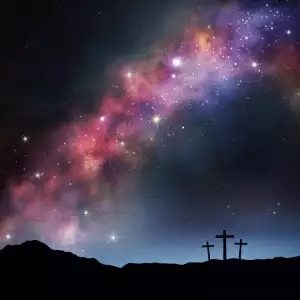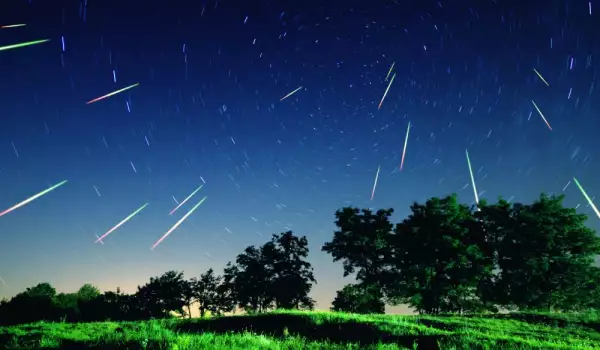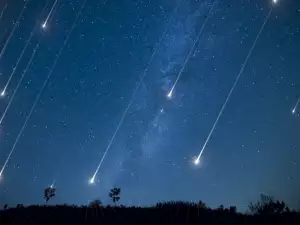Early on Thursday morning, October 22, the Orionid meteor shower will make all wishes come true. The meteor shower will be at its brightest at 2 am GMT, with 20-25 meteors falling per hour then.
The meteors will light up the night sky from midnight to dawn. However, the celestial objects will be too dim. Plus, they will be traveling at phenomenal speeds - about 150 000 mi (240 000 km) per hour.
"The meteors move so fast that they will be visible for only about a second. Observers need to keep staring at the sky or they'll miss them, " says astronomer Bob Berman.
The shooting stars will be most clearly visible from outside large populated areas, and due to the unsuitable meteorological conditions you'd best bring your binoculars.
The Orionids have been lighting up the night sky since October 20. By the end of the meter shower, an average of about 150 meteors per hour will have burned up in Earth's atmosphere. The name Orionids comes from their radiant - the constellation Orion.

They are actually parts of Halley's Comet, which we'll be able to observe in the distant year 2061. It passes by our planet once every 75 years, while the Orionids meteor shower has its peak every 12 years.
Afterward, their intensity diminishes, and according to astronomers this is all because of Jupiter's effect on the shooting stars. During the next 2 years, the visibility of the Orionids will dwindle.
The largest planet in our solar system pulls in the meteorites, which are distributed unevenly along the orbit of Halley's Comet.
And that's not all - expect another heavenly spectacle at the end of this week. The planets Mars, Venus and Jupiter will be maximally close to each other in the sign of Virgo.
The scene will be magnificent on the night of Friday going on Saturday, just look toward the eastern part of the sky before sunrise.









